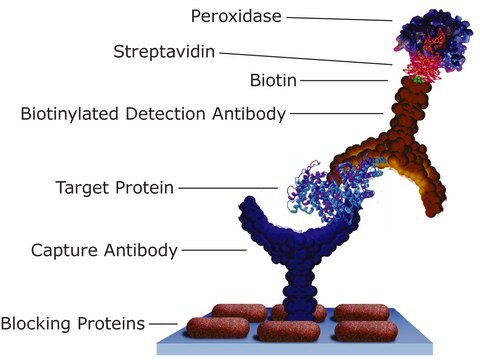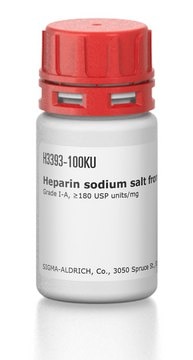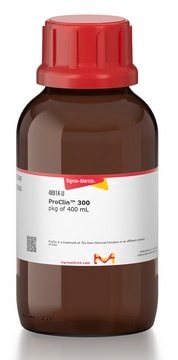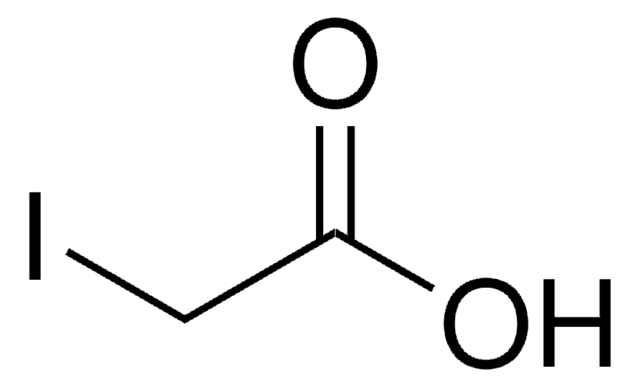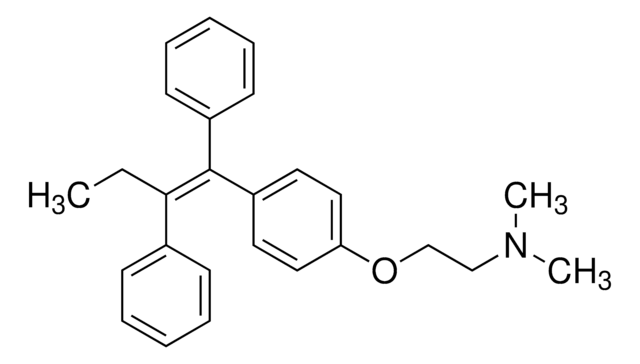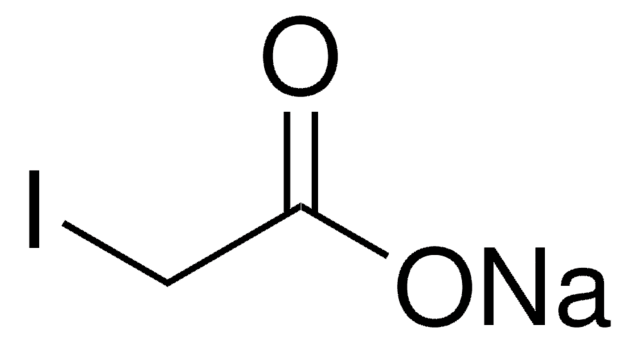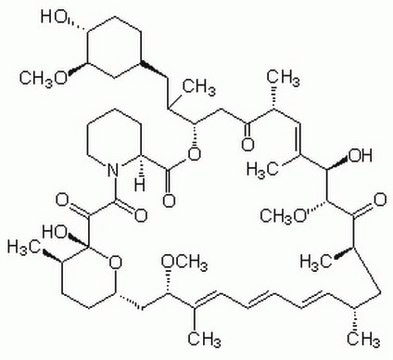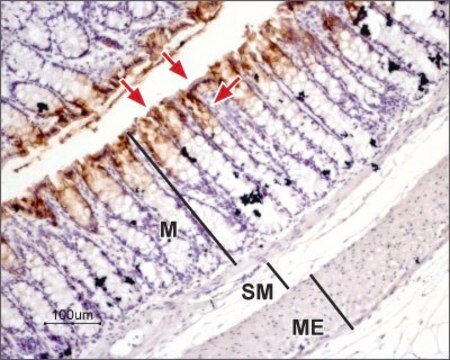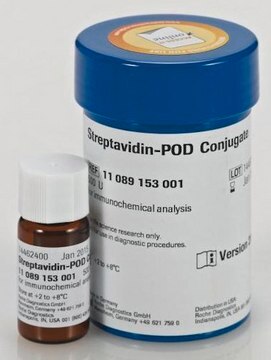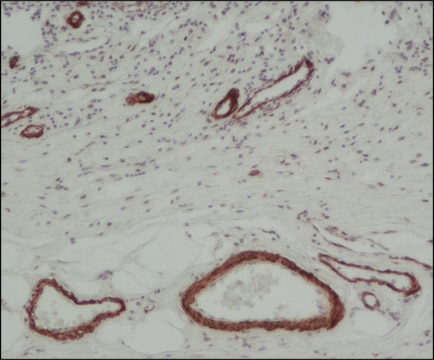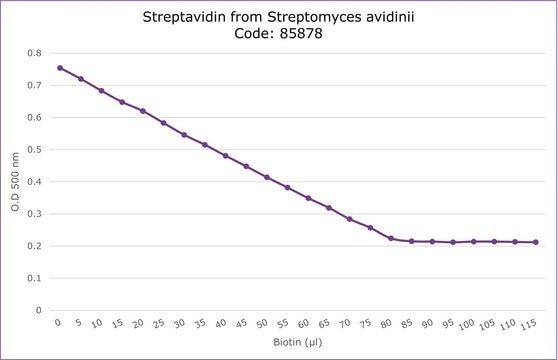S2438
Streptavidin−Peroxidase Polymer, Ultrasensitive
Sign Into View Organizational & Contract Pricing
All Photos(1)
About This Item
UNSPSC Code:
12352202
NACRES:
NA.32
Recommended Products
Related Categories
General description
Activated streptavidin (SA) and horseradish peroxidase (HRP) are covalently conjugated to a polymer backbone. Multiple active biomolecules on each polymer chain increase the biotin binding capacity and amplify the peroxidase enzyme signal.
Specificity
Biotinylated biomolecules.
Application
Detection of biotinylated proteins and nucleic acids and other biomolecules.
Suitable use in Western blotting and ELISA and for detecting surface antigens in immunohistochemistry and immunocytochemistry.
Suitable use in Western blotting and ELISA and for detecting surface antigens in immunohistochemistry and immunocytochemistry.
Physical form
Supplied as an 1.0 mg/ml solution in 0.01 M sodium phosphate, 0.15 M sodium chloride, 50% glycerol, stabilizer and preservative, pH 7.4.
Storage Class
10 - Combustible liquids
wgk_germany
WGK 1
flash_point_f
Not applicable
flash_point_c
Not applicable
Certificates of Analysis (COA)
Search for Certificates of Analysis (COA) by entering the products Lot/Batch Number. Lot and Batch Numbers can be found on a product’s label following the words ‘Lot’ or ‘Batch’.
Already Own This Product?
Find documentation for the products that you have recently purchased in the Document Library.
Customers Also Viewed
Natalia Gruba et al.
International journal of molecular sciences, 20(7) (2019-03-31)
Kallikrein 13 (KLK13) was first identified as an enzyme that is downregulated in a subset of breast tumors. This serine protease has since been implicated in a number of pathological processes including ovarian, lung and gastric cancers. Here we report
Faruk Can et al.
Bioelectrochemistry (Amsterdam, Netherlands), 135, 107553-107553 (2020-05-23)
Applications of molecular techniques to elucidate identity or function using biomarkers still remain highly empirical and biosensors are no exception. In the present study, target-specific oligonucleotide probes for E. coli K12 were designed thermodynamically and applied in an electrochemical DNA
Jaclyn C Law et al.
Journal of immunology (Baltimore, Md. : 1950), 206(1), 37-50 (2020-11-20)
There is a pressing need for an in-depth understanding of immunity to SARS-CoV-2. In this study, we investigated human T cell recall responses to fully glycosylated spike trimer, recombinant N protein, as well as to S, N, M, and E
Stefan Kaluz et al.
Biochemical and biophysical research communications, 370(4), 613-618 (2008-04-12)
The hypoxia-inducible factor (HIF) activates transcription via binding to the highly variable hypoxia-responsive elements (HREs). All hypoxia-inducible constructs described to date utilize multimers of naturally occurring HREs. Here, we describe the rational design of minimal hypoxia-inducible enhancers, conceptually equivalent to
Mariana Resende et al.
Immunology, 159(1), 121-129 (2019-10-14)
The transcription factor hypoxia-inducible factor-1 alpha (HIF-1α) is a key regulator of the response and function of myeloid cells in hypoxic and inflammatory microenvironments. To define the role of HIF-1α in tuberculosis, the progression of aerosol Mycobacterium tuberculosis infection was
Our team of scientists has experience in all areas of research including Life Science, Material Science, Chemical Synthesis, Chromatography, Analytical and many others.
Contact Technical Service